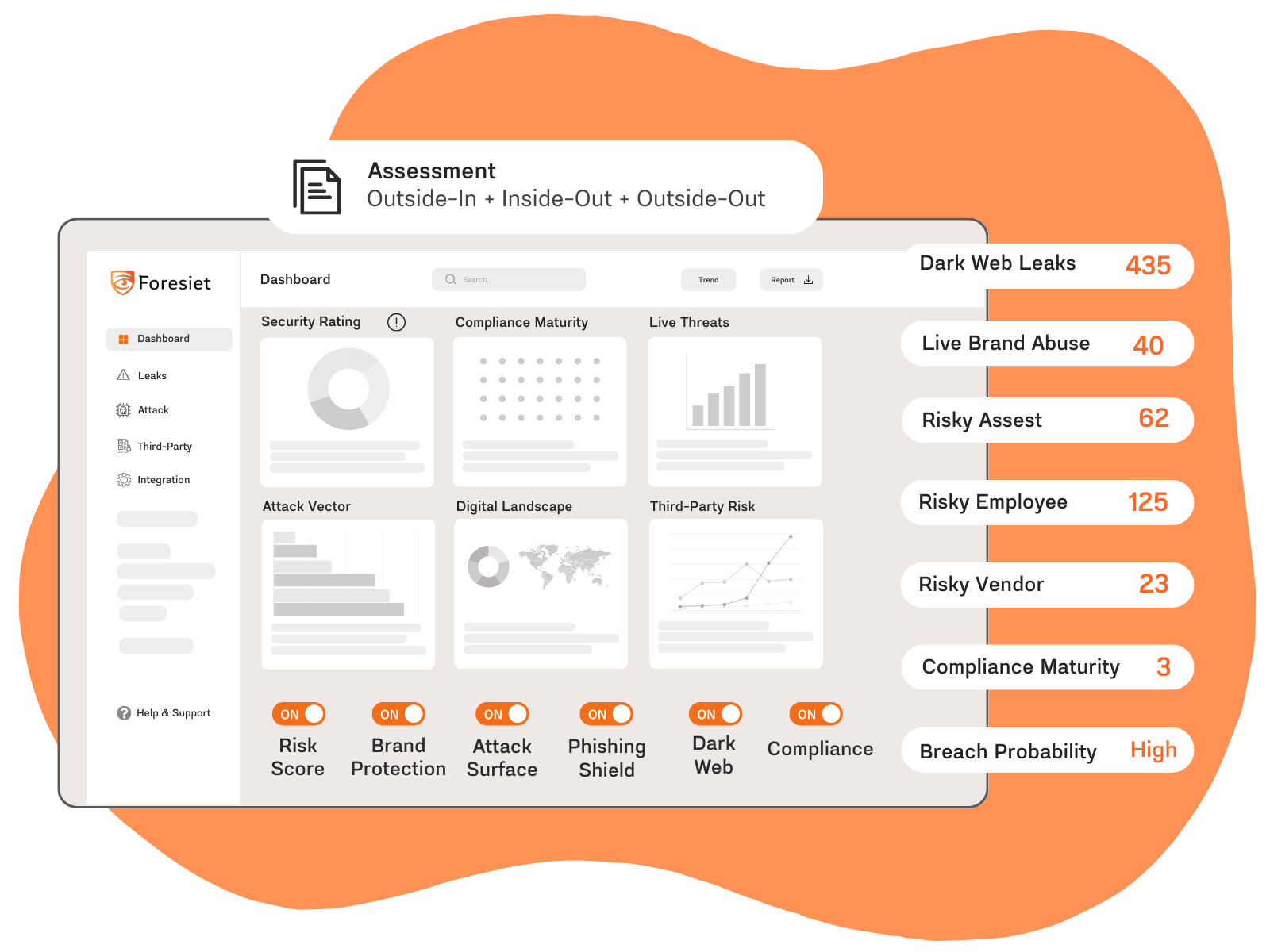Google's Transition to Rust Programming Reduces Android Memory Vulnerabilities by 52%

Introduction
In a significant move towards enhancing the security of its Android operating system, Google has announced a substantial reduction in memory vulnerabilities by adopting memory-safe programming languages, particularly Rust. This shift aligns with Google's secure-by-design philosophy, aiming to minimize security risks associated with new code development. In this blog, we’ll explore the implications of this transition, the statistical outcomes, and what this means for the future of secure coding.
The Impact of Rust on Memory Safety Vulnerabilities
Over the past six years, Google has reported a dramatic decline in the percentage of memory-safe vulnerabilities in Android—from 76% down to just 24%. This change can be attributed to the company's focus on employing memory-safe languages, which not only addresses immediate security risks but also establishes a more scalable and cost-effective coding environment. Jeff Vander Stoep and Alex Rebert from Google shared insights on how prioritizing Safe Coding for new features has led to this notable reduction.
Understanding Vulnerability Dynamics
Interestingly, the decline in memory safety vulnerabilities is occurring even as new memory-unsafe code continues to be added. This phenomenon can be explained by the fact that vulnerabilities often decay over time, with many residing in newly created or recently modified code. According to Google, the current challenge lies in how code is developed, highlighting the need for a fundamental shift in coding practices. As code ages, it becomes inherently safer, suggesting that investments in rewrites should be balanced with the understanding that vulnerabilities tend to diminish as code matures.
The Evolution of Safe Coding
Google's journey toward adopting Rust began back in April 2021, with the company gradually shifting its focus to memory-safe languages since 2019. This proactive approach has led to a decrease in memory safety vulnerabilities from 223 in 2019 to less than 50 in 2024. This transition not only emphasizes the importance of safe coding practices but also highlights advancements in combating vulnerabilities, moving from reactive patching to proactive discovery with the help of tools such as Clang sanitizers.
A Forward-Looking Approach
Google aims to evolve its memory safety strategies further by embracing "high-assurance prevention" principles that integrate security into the very foundation of the code. Instead of merely focusing on interventions like mitigations and fuzzing, Safe Coding empowers developers to make strong assertions about the code's security properties.
Moreover, Google emphasizes interoperability between Rust, C++, and Kotlin as a practical method for embracing memory-safe programming, thereby eliminating entire classes of vulnerabilities without needing extensive rewrites. By prioritizing Safe Coding in new developments, Google aims to leverage the natural decay of vulnerabilities, ultimately creating a safer coding environment across large existing systems.
Conclusion
Google's transition to Rust programming as part of its secure coding initiative represents a significant advancement in reducing memory vulnerabilities within the Android operating system. This strategic shift not only enhances the overall security of the platform but also sets a precedent for the tech industry in adopting memory-safe programming languages. As the landscape of cybersecurity continues to evolve, Google’s proactive measures serve as a model for other organizations aiming to bolster their defenses against emerging threats.
About Foresiet!
Foresiet is the pioneering force in digital security solutions, offering the first integrated Digital Risk Protection SaaS platform. With 24x7x365 dark web monitoring and proactive threat intelligence, Foresiet safeguards against data breaches and intellectual property theft. Our robust suite includes brand protection, takedown services, and supply chain assessment, enhancing your organization's defense mechanisms. Attack surface management is a key component of our approach, ensuring comprehensive protection across all vulnerable points. Compliance is assured through adherence to ISO27001, NIST, GDPR, PCI, SOX, HIPAA, SAMA, CITC, and Third Party regulations. Additionally, our advanced antiphishing shield provides unparalleled protection against malicious emails. Trust Foresiet to empower your organization to navigate the digital landscape securely and confidently.
Protect your brand, reputation, data, and systems with Foresiet's Integrated Digital Risk Platform. 24/7/365 threat monitoring for total peace of mind.


July 1, 2025, 7:17 p.m.

July 1, 2025, 7:07 p.m.